
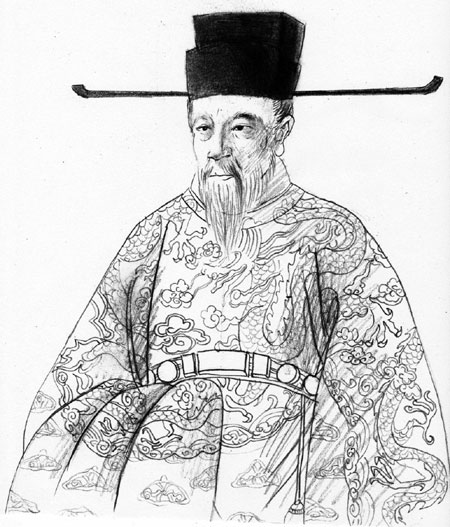 |
| A Ming Dynasty official wore a tight-fitting black cap with two extended wing-like flaps. (China Daily) |
If the idea of yin and yang appears a little too abstract for those born and raised outside of Chinese culture, the many details diligently worked into Chinese wooden furniture can paint a more vivid picture for them, sometimes with an unexpected dash of humor.
An example is the trapeze-shaped book cabinet whose double doors would gradually and automatically close after being opened. The name of the cabinet, "a lazybones' cupboard", tells only half of the story.
"The cabinet had been especially designed for scholars who were presumably interested in nothing but burying their noses in classics and often absent-minded beyond the pages," Mi says. "With its doors designed thus, a lazybones' cupboard offered protection to the beloved books that may be otherwise neglected by their absent-minded owners."
Forgetful or not, the scholars were often single-minded about one other thing, and that was to study hard so they could rise above the rest and earn a position in court. This craving for that high office is manifested in a common piece of furniture in the study - dubbed the "official's hat chair".
"During the Ming Dynasty (1368-1644), officials wore a certain headgear with tight-fitting black cap with two extended wing-like flaps," explained Mi. "When one sits on an official's hat chair, the top rail of the chair's S-shaped backrest extends from both sides of the head like wings on an official's cap."




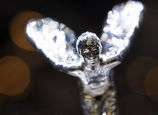
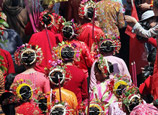

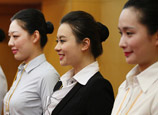
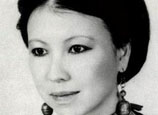











![]()
